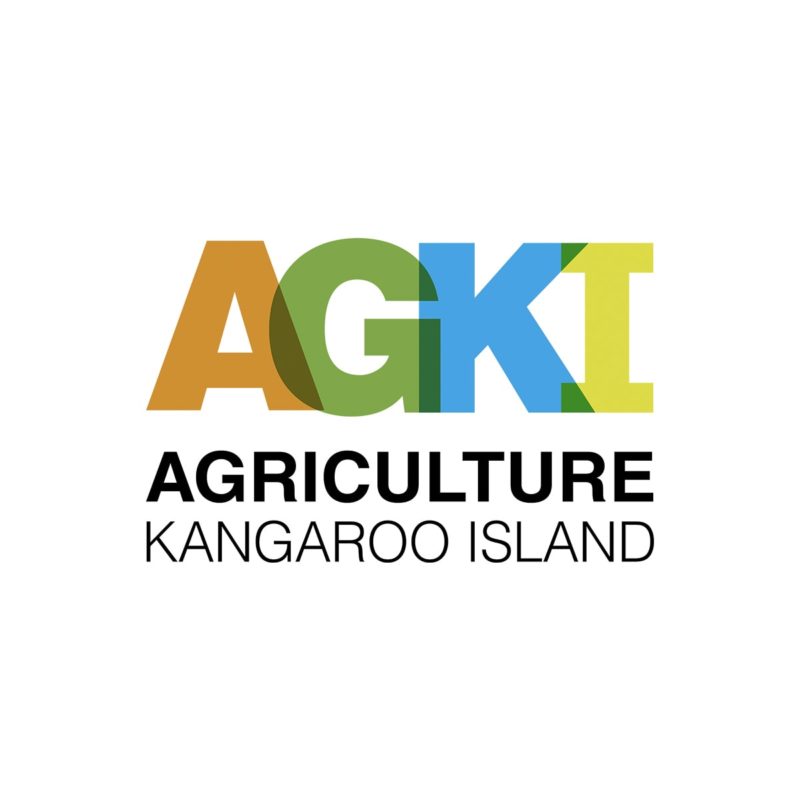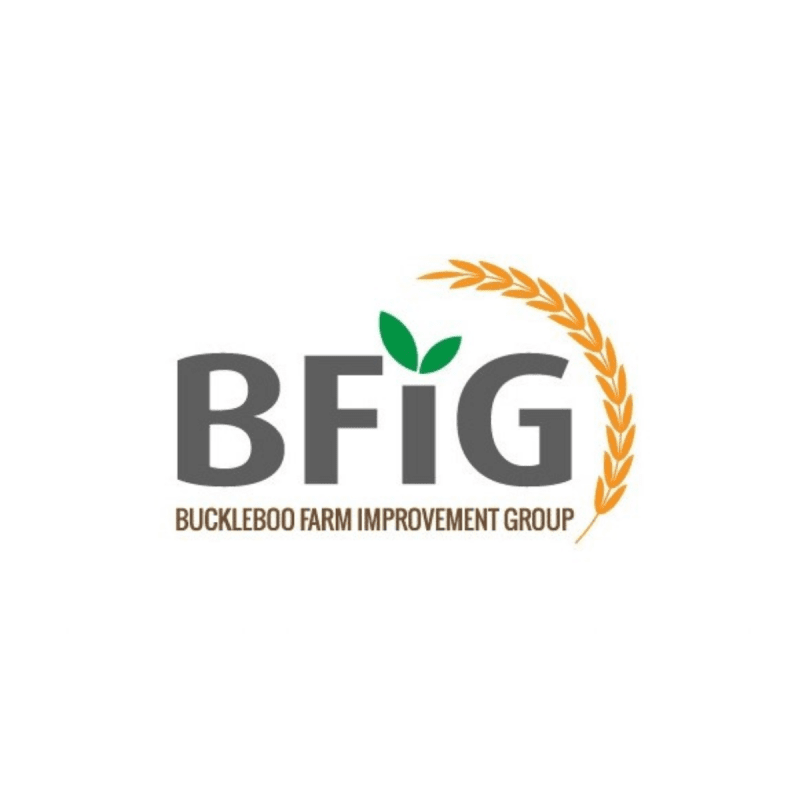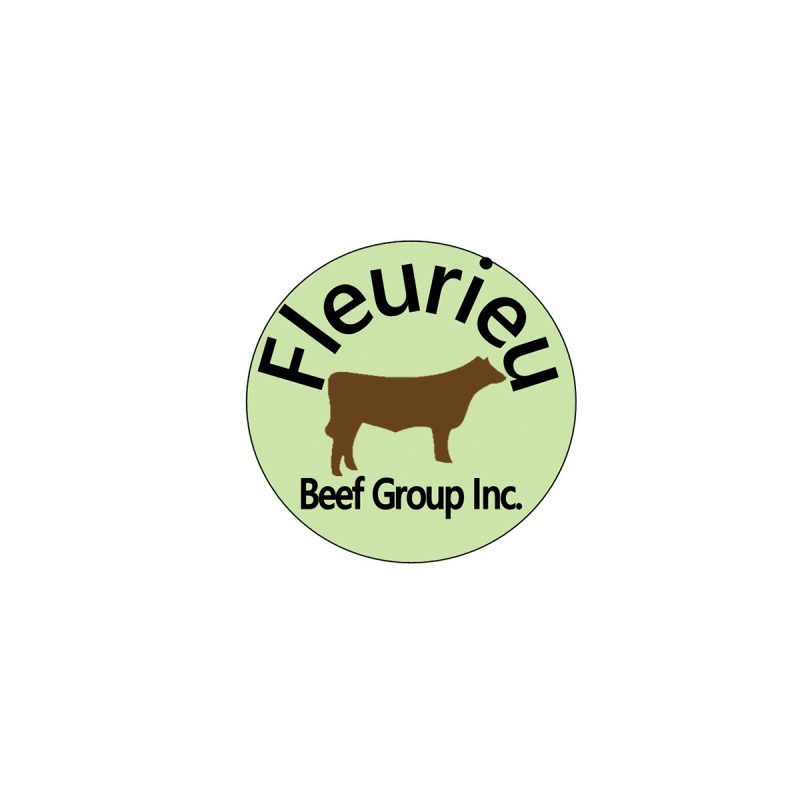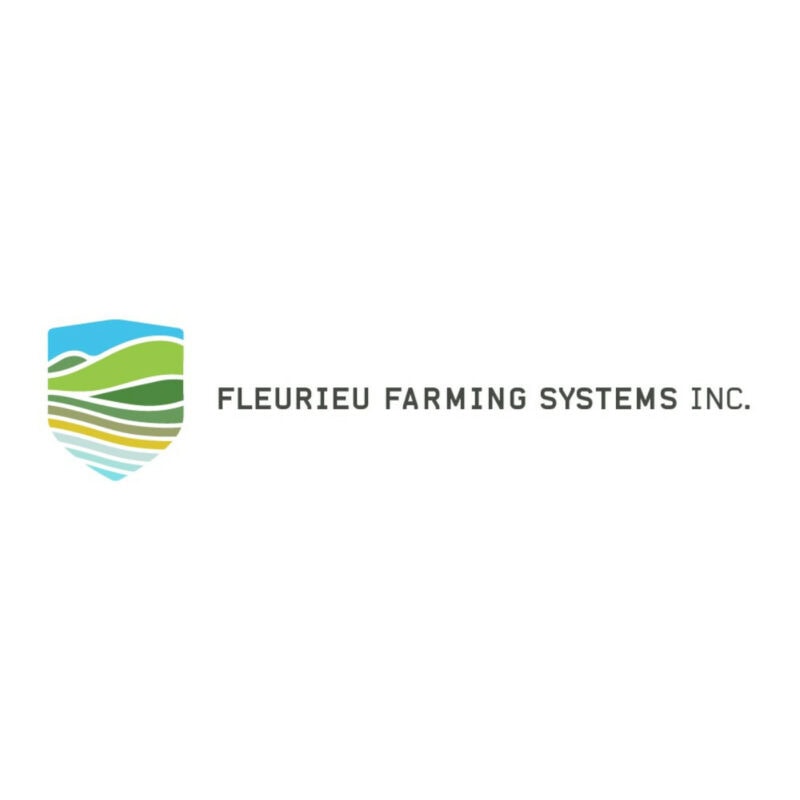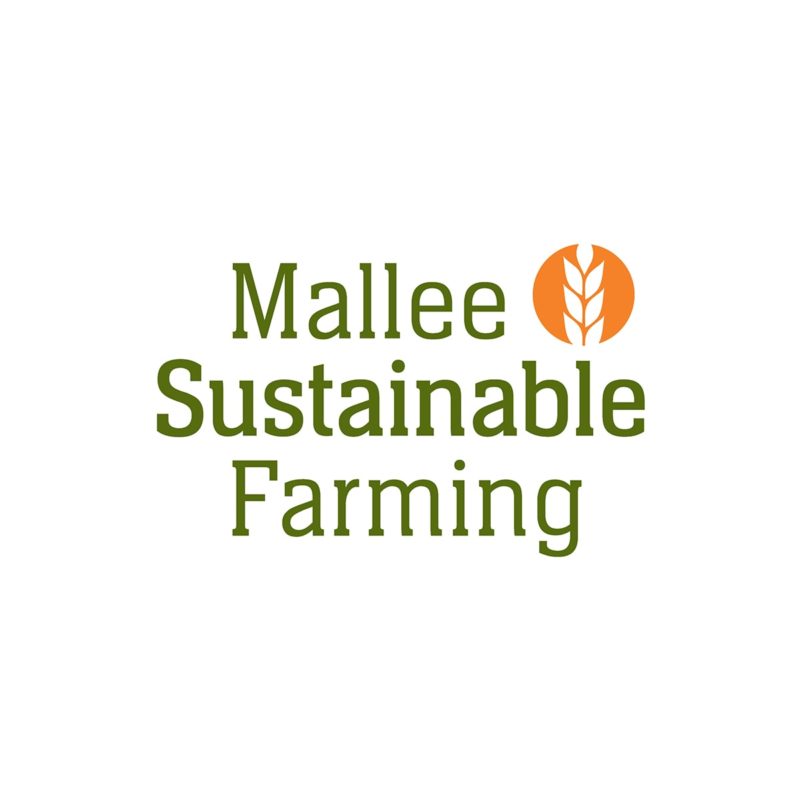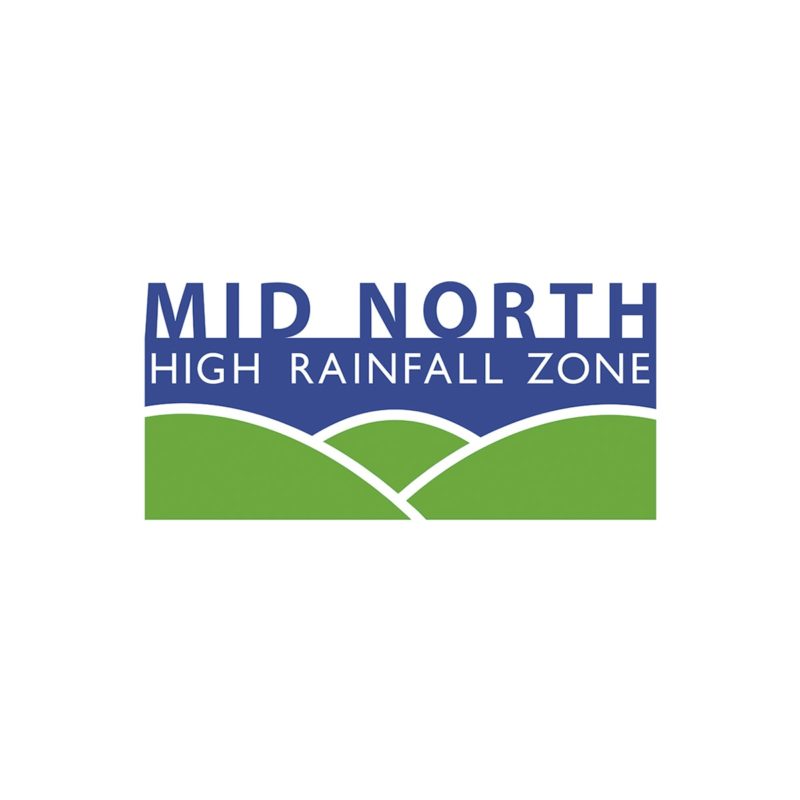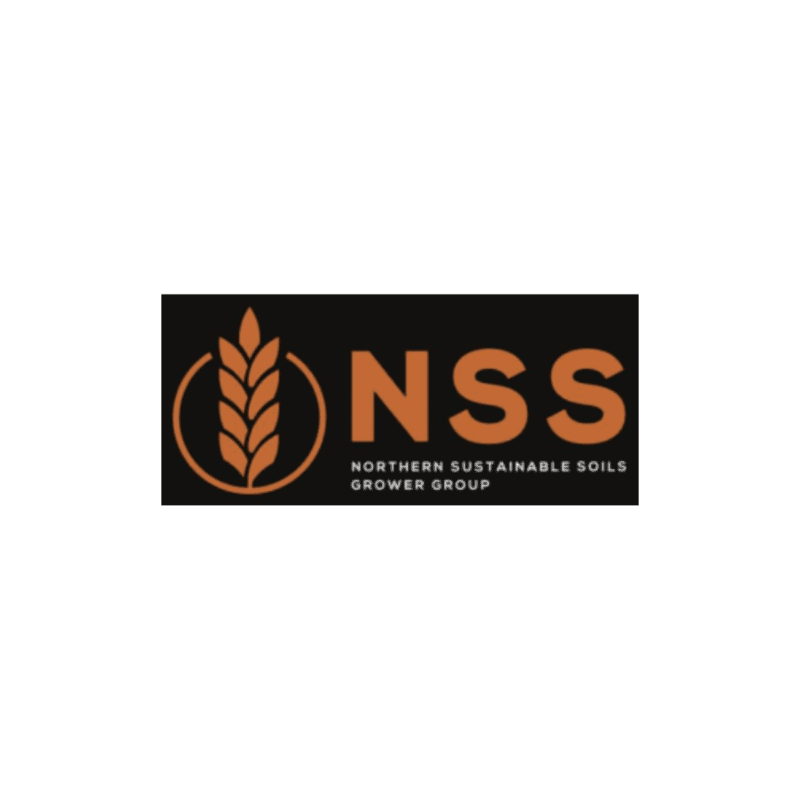Murray Plains Farmers
About us
Murray Plains Farmers (MPF) aims to increase the productivity, profitability and sustainability of the region’s primary producers.
MPF is a not-for-profit farming systems group covering the broadacre farming region in South Australia between the River Murray and Adelaide Hills. Its area spans from Murray Bridge in the south to Truro in the north and also receives interest from the eastern side of the river towards Bow Hill.
The group works to achieve its aim by coordinating research, development and extension/adoption – through on-farm trials, training and events – to increase knowledge and improve skills in primary production and farm business management. It is also creating a network of producers in the area who can share information and compare farming practices, across both grain and livestock industries.
MPF covers the broadacre farming region in South Australia between the River Murray and Adelaide Hills. Its area spans from Murray Bridge in the south to Truro in the north. It also receives interest from the eastern side of the river towards Bow Hill.
Our history
The establishment of MPF is as a result of a demonstrated need for a farming systems group covering the Murraylands. It replaced the former Murray Plains Crop Competition, which started in the 1920s and closed in 2015.
MPF was incorporated in July 2017 and is led by a group of committee of grower-members based in the region. The current committee includes Steen Paech, Palmer (President); Will Graetz, Sedan (Vice President); Bek Starick, Milendella (Secretary); Zoe Starkey, Cambrai (Coordinator and Treasurer); Sharon Starick, Milendella; Adrian Bormann, Sanderston; Deanna Lush, Palmer; Mel McGorman, Cambrai and Daniel Seidel, Sedan.
MPF is supported by a number of Murraylands businesses and levy-funded research organisations and regularly brings new external knowledge to its projects and events, based on the feedback from producers in the region
Our region
The Murraylands farming environment differs from the Mallee and the Hills because:
- It has vastly different soil types, from very heavy soils, in many parts clay-based, through to limestone outcrops and sandy peaks … sometimes all in the same property. This gives capacity for higher yields and hence the need to know how to manage larger stubble loads. Sowing and fertiliser rates tend to be much higher at seeding as well.
- There is a wide variation in rainfall from north to south and west to east, making the maximisation of water use efficiency a key focus.
- Traditionally, the region has been less prone to frost which has made it less of a consideration in rotations, although it has become an emerging issue in some parts.
- Anecdotally, there is more chemical resistance than the Mallee and so herbicide rotation is an important focus.
- Majority of the region’s farmers own mixed properties, growing grain but also running either sheep, cattle or pigs. Some have land on the Hills face, which means managing a mix of low, medium and high rainfall country.


